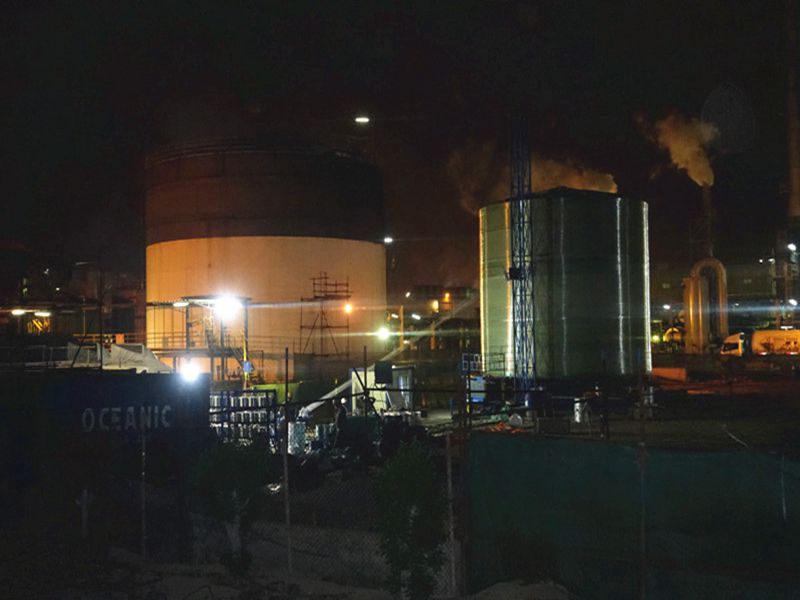
-
 Afrikaans
Afrikaans -
 Albanian
Albanian -
 Amharic
Amharic -
 Arabic
Arabic -
 Armenian
Armenian -
 Azerbaijani
Azerbaijani -
 Basque
Basque -
 Belarusian
Belarusian -
 Bengali
Bengali -
 Bosnian
Bosnian -
 Bulgarian
Bulgarian -
 Catalan
Catalan -
 Cebuano
Cebuano -
 China
China -
 China (Taiwan)
China (Taiwan) -
 Corsican
Corsican -
 Croatian
Croatian -
 Czech
Czech -
 Danish
Danish -
 Dutch
Dutch -
 English
English -
 Esperanto
Esperanto -
 Estonian
Estonian -
 Finnish
Finnish -
 French
French -
 Frisian
Frisian -
 Galician
Galician -
 Georgian
Georgian -
 German
German -
 Greek
Greek -
 Gujarati
Gujarati -
 Haitian Creole
Haitian Creole -
 hausa
hausa -
 hawaiian
hawaiian -
 Hebrew
Hebrew -
 Hindi
Hindi -
 Miao
Miao -
 Hungarian
Hungarian -
 Icelandic
Icelandic -
 igbo
igbo -
 Indonesian
Indonesian -
 irish
irish -
 Italian
Italian -
 Japanese
Japanese -
 Javanese
Javanese -
 Kannada
Kannada -
 kazakh
kazakh -
 Khmer
Khmer -
 Rwandese
Rwandese -
 Korean
Korean -
 Kurdish
Kurdish -
 Kyrgyz
Kyrgyz -
 Lao
Lao -
 Latin
Latin -
 Latvian
Latvian -
 Lithuanian
Lithuanian -
 Luxembourgish
Luxembourgish -
 Macedonian
Macedonian -
 Malgashi
Malgashi -
 Malay
Malay -
 Malayalam
Malayalam -
 Maltese
Maltese -
 Maori
Maori -
 Marathi
Marathi -
 Mongolian
Mongolian -
 Myanmar
Myanmar -
 Nepali
Nepali -
 Norwegian
Norwegian -
 Norwegian
Norwegian -
 Occitan
Occitan -
 Pashto
Pashto -
 Persian
Persian -
 Polish
Polish -
 Portuguese
Portuguese -
 Punjabi
Punjabi -
 Romanian
Romanian -
 Russian
Russian -
 Samoan
Samoan -
 Scottish Gaelic
Scottish Gaelic -
 Serbian
Serbian -
 Sesotho
Sesotho -
 Shona
Shona -
 Sindhi
Sindhi -
 Sinhala
Sinhala -
 Slovak
Slovak -
 Slovenian
Slovenian -
 Somali
Somali -
 Spanish
Spanish -
 Sundanese
Sundanese -
 Swahili
Swahili -
 Swedish
Swedish -
 Tagalog
Tagalog -
 Tajik
Tajik -
 Tamil
Tamil -
 Tatar
Tatar -
 Telugu
Telugu -
 Thai
Thai -
 Turkish
Turkish -
 Turkmen
Turkmen -
 Ukrainian
Ukrainian -
 Urdu
Urdu -
 Uighur
Uighur -
 Uzbek
Uzbek -
 Vietnamese
Vietnamese -
 Welsh
Welsh -
 Bantu
Bantu -
 Yiddish
Yiddish -
 Yoruba
Yoruba -
 Zulu
Zulu
frp transition
Frp Transition Navigating the Shift in Fiber Reinforced Polymer Technology
The world of materials science is constantly evolving, with advancements in technology reshaping industries across the globe. One area that has garnered significant attention in recent years is Fiber Reinforced Polymer (FRP) technology. The transition towards the widespread adoption of FRP materials in various applications marks a pivotal moment in engineering and construction fields, presenting both opportunities and challenges.
FRP is composed of a polymer matrix reinforced with fibers, typically glass, carbon, or aramid. This combination results in a material that is lightweight yet exceptionally strong and durable. FRP is resistant to corrosion, is non-magnetic, and boasts excellent thermal and electrical insulation properties. These attributes make FRP a preferred choice in sectors ranging from aerospace and automotive to civil engineering and infrastructure.
Frp Transition Navigating the Shift in Fiber Reinforced Polymer Technology
Additionally, the push for innovative engineering solutions has fueled the adoption of FRP technology. As structures become more complex, the need for materials that can withstand unusual stress and strain has become paramount. FRP’s high strength-to-weight ratio allows engineers to design lighter structures without compromising safety. This is particularly crucial in high-performance applications such as bridges, where reduced weight can lead to lower foundation costs and easier installation.
frp transition

Despite the numerous advantages associated with FRP, the transition is not without its challenges. One of the primary hurdles is the initial cost of FRP materials, which can be significantly higher than traditional materials. This has led to hesitancy among some stakeholders, particularly in conservative industries where traditional materials have long been the norm. Investors and project managers often weigh upfront costs against lifecycle benefits, and although the latter can be compelling, the resistance to change can delay the adoption of FRP technologies.
Furthermore, there is an ongoing need for education and training in the use of FRP materials. Engineers, architects, and construction workers must become familiar with the unique properties and installation methods of FRP to maximize its benefits. The establishment of certification programs and workshops can help bridge the knowledge gap, ensuring that professionals are equipped to effectively incorporate FRP into their projects.
Finally, the performance of FRP materials under various environmental conditions is a topic of ongoing research. While extensive tests have confirmed the reliability of FRP in many situations, developing comprehensive standards for usage remains crucial. Regulatory bodies and industry organizations must continue to collaborate to create guidelines that ensure safety and performance in the use of FRP materials.
In conclusion, the transition towards Fiber Reinforced Polymer technology represents a significant shift in material science with the potential to reshape numerous industries. By embracing the benefits of FRP, such as lightweight construction, corrosion resistance, and sustainability, engineers can develop innovative solutions to modern challenges. However, overcoming the associated hurdles will require continuous education, research, and collaboration among stakeholders. As the industry progresses, the future of FRP looks promising, paving the way for a new era of engineering that prioritizes efficiency, sustainability, and resilience.
Latest news
-
Exploring the Benefits of Top Hammer Drifter Rods for Enhanced Drilling PerformanceNewsJun.10,2025
-
High-Precision Fiberglass Winding Machine for GRP/FRP Pipe Production – Reliable & Efficient SolutionsNewsJun.10,2025
-
FRP Pipes & Fittings for Shipbuilding - Corrosion-Resistant & LightweightNewsJun.09,2025
-
Premium FRP Flooring Solutions Durable & Slip-ResistantNewsJun.09,2025
-
Premium Fiberglass Rectangular Tanks Durable & Lightweight SolutionNewsJun.09,2025
-
Tapered Drill String Design Guide Durable Performance & UsesNewsJun.09,2025









